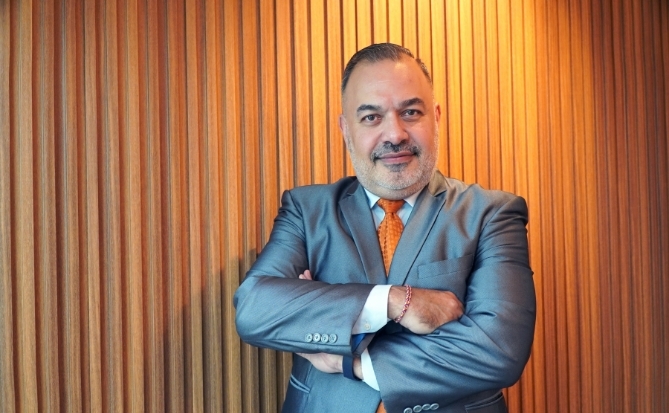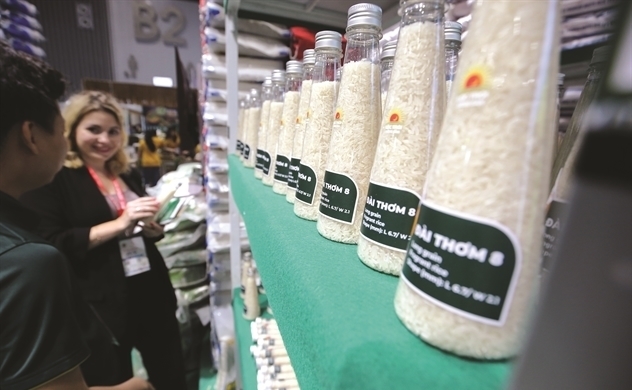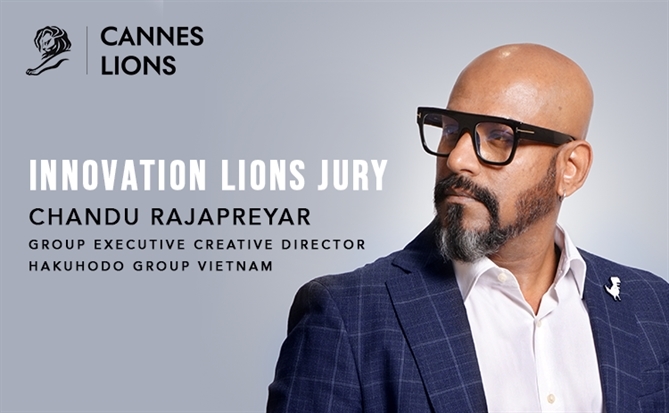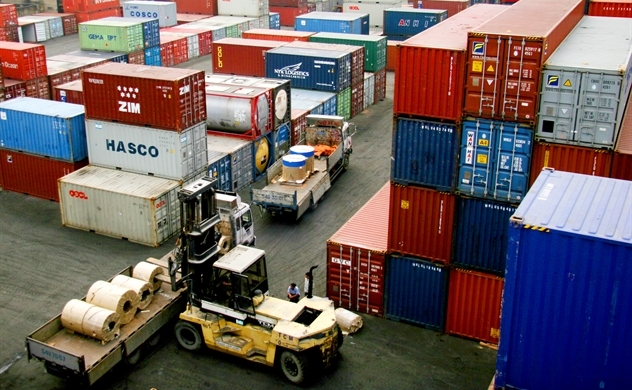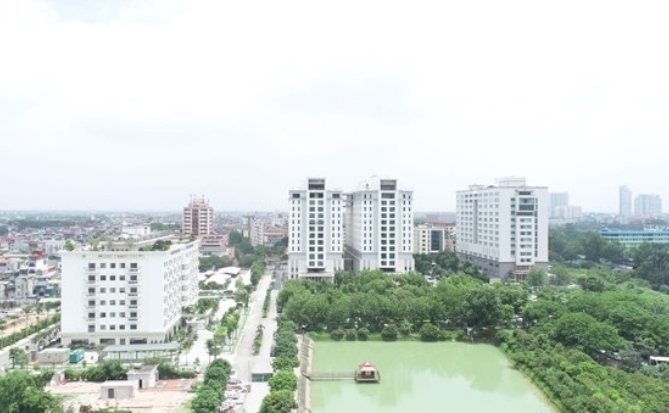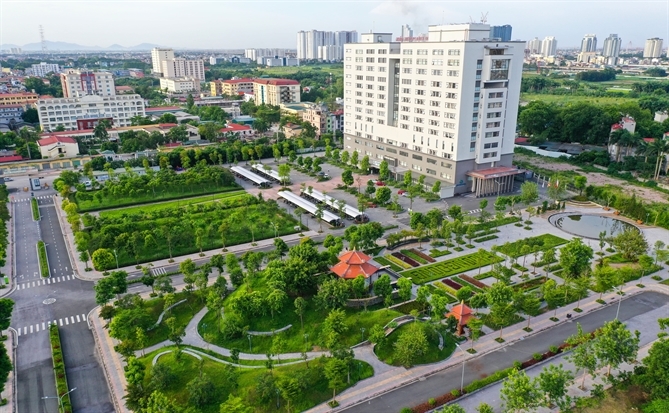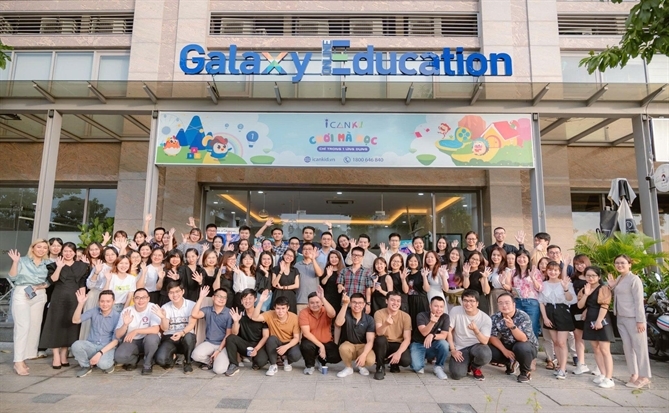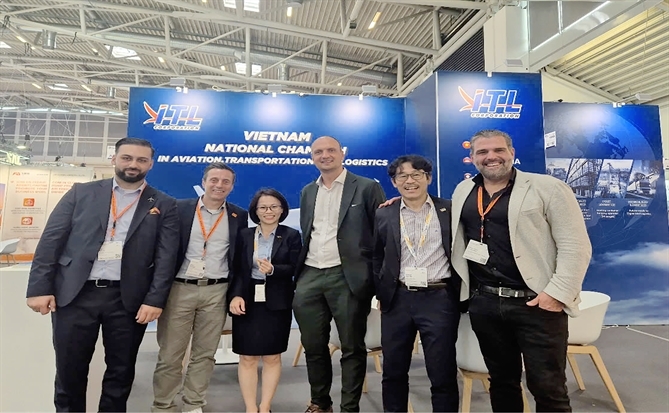Billion USD project attraction
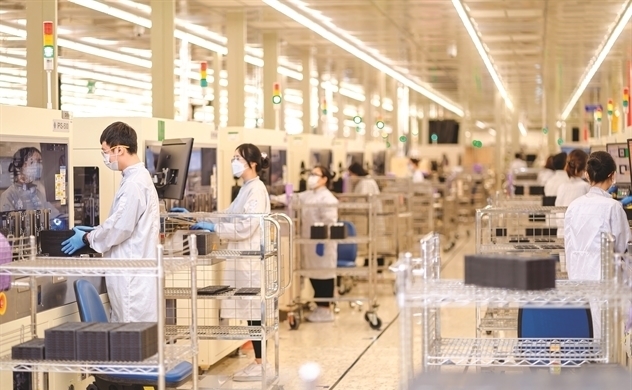
The visit of the 5th US President to Vietnam during his time in office added momentum to the wave of FDI investment in Vietnam. Especially projects with a scale of up to billions of dollars have appeared more and more. Along with the visit of US President Joe Biden and the relationship between the two countries being upgraded to a comprehensive strategic partnership, the US Apple Corporation has completed the transfer of 11 factories producing audio-visual equipment into the US. Vietnam. Meanwhile, Intel expanded phase 2 of its chip testing factory in Ho Chi Minh City with a total investment value of up to 4 billion USD. Previously, Denmark's Lego Group invested in building a factory in Binh Duong with a total capital of 1 billion USD. Samsung has also moved its entire phone production line to Vietnam and India...
Competition to attract FDI
In the report "Asia chart of the week - Investment flows are still flowing", HSBC noted that capital flows into ASEAN have skyrocketed and new investment projects are mainly directed to Southeast Asia and India, in which, Vietnam The South is a benefiting economy. In the face of prolonged regional geopolitical tensions and the RCEP Agreement coming into effect and expected to boost growth in the region, Vietnam's image as a growth market and manufacturing hub will increasingly increase. is increasing, especially when businesses seek opportunities to expand operations in ASEAN.
ASEAN attracts a record high of nearly 17% of global FDI capital in 2022, nearly double compared to four years ago. This achievement clearly reflects ASEAN's strong fundamentals, favorable demographics and competitive supply chains. More than 65% of the region's FDI capital has poured into Singapore, equivalent to an average of 25% of this country's GDP. But that's partly due to Singapore's strategic position as an important financial center. Malaysia and Vietnam also attracted significant FDI inflows.
According to HSBC, GI investment (new establishment investment) in Vietnam has increased by 40% over the same period in the first 8 months of 2023, of which the manufacturing sector alone accounts for 85% of total new FDI capital. In particular, new FDI capital poured into the manufacturing sector from the beginning of the year until now has surprisingly exceeded the investment level of each year in the past 3 years. Despite the trade downturn, this trend brings hope for recovery for Vietnam as the economic cycle changes.
According to the Ministry of Planning and Investment, Vietnam's import and export scale of goods has exceeded 730 billion USD in 2022, of which exports are 371.3 billion USD. Achieving this number is partly contributed by the supply chain shifting to Vietnam. FDI corporations and enterprises exported more than 275.9 billion USD (accounting for 74% of the country's total export turnover), with Samsung alone contributing 65 billion USD. “Vietnam has all the conditions to become one of the most important markets in the Indian Ocean region and contribute significant investments in the region,” said Mr. Steven Cranwell, General Director of the Americas region, cum Regional Director of Corporate Banking Americas, Standard Chartered Bank, commented.
More than 100 multinational corporations on the Fortune 500 list are present in Vietnam and many of them have invested in high-tech projects here. Billion-dollar projects will be a good opportunity for Vietnamese businesses to become links in the global value chain of multinational corporations.
Many opportunities have opened up, but attracting high-quality FDI capital and keeping that capital flow there is still a difficult problem. Especially when according to Professor - Dr. Nguyen Mai, Chairman of the Association of Foreign Investment Enterprises (VAFIE), it is noted that Vietnamese businesses currently have more and more competitors, among which India is emerging. and Indonesia.
The fields that American and Korean investors... are interested in when deciding to invest billions of dollars in Vietnam all have high technology content, innovative development, and sustainable development. While Vietnam is attracting a new generation of foreign investment, institutions, policies, and laws are not yet complete and institutional enforcement is not strict, so it will be very difficult to attract "eagles" to build nests and keep them. feet of large, high-tech corporations. Vietnam is also slower than competing countries in the region such as Malaysia, Thailand, and Indonesia in using the domestic minimum additional tax to reduce the negative impact of the global minimum tax.
According to HSBC's report, while Singapore, Malaysia and Vietnam are three countries with outstanding achievements in the field of technology, Indonesia and Thailand are the main beneficiaries in the field of electric vehicles. To see the power of FDI, Malaysia currently accounts for 45% of the global market share in the semiconductor field.
The US is the leading investor in ASEAN's manufacturing and financial sectors, with each sector accounting for nearly 30% of FDI. This investor's advantage is more clearly shown in the manufacturing sector, which is also the backbone of attracting foreign investment in ASEAN. The US has poured an average of 12 billion USD in the past 5 years, equivalent to the total FDI capital from the EU and ASEAN. That shows, a large portion of US FDI has flowed into advanced manufacturing such as high-end semiconductor production in Singapore and Malaysia. Therefore, although Vietnam's attractiveness has increased after US President Joe Biden's visit, Vietnam's manufacturing industry still has to strive to compete with many countries in the region.
To compete to attract large investors, Mr. Nguyen Anh Thi, Head of the Ho Chi Minh City Hi-Tech Park Management Board, said that for strategic investors, there needs to be cash investment incentives to attract large investors. In fact, the Ministry of Planning and Investment is also planning to pilot investment support policies in the high-tech sector with many forms of support. These supports are deducted from the tax obligations of businesses or paid directly with money deducted from the state budget...
Reforms need to continue
Not only is it the global minimum tax issue, many issues related to Vietnam's investment and business environment are also recommended by foreign investors as needing continued reform. “The speed of processing administrative procedures in Vietnam is still slow. Up to 66% of Japanese businesses in Vietnam said administrative procedures seem to be slowing down, while this number in ASEAN is only 47%. Therefore, Vietnam needs to eliminate informal costs. Businesses need to carry out smooth and transparent administrative procedures," said Mr. Takeo Nakajima, Chief Representative of the Japan External Trade Organization (JETRO) in Hanoi.
Billion-dollar investments from the US as well as multinational corporations will help Vietnamese businesses participate in both roles as buyers and sellers. In the coming period, with the large wave of FDI investment in Vietnam, the opportunity to participate in providing components and participating in the FDI chain is very large. However, Vietnam's supporting industry is still weak, limited to participating in low-value intermediation. Once the advantage of cheap labor gradually decreases, the competitive advantage will be lost.
Mr. Ngo Khai Hoan, Deputy Director of the Department of Industry, Ministry of Industry and Trade, proposed close cooperation with major partners and leading chain enterprises such as Samsung and Toyota such as training consultants and training mold engineers. , develop and upgrade Vietnamese factories and supporting enterprises to smart factories on par with the level of Korean small and medium-sized enterprises.
This is a real example from Samsung's investment in Vietnam. Mr. Yang Yoon Ho, Director of Customer Relations Department, Samsung Electronics Vietnam Company, said Samsung has upgraded its domestic supply chain by supporting Vietnamese businesses. The number of Vietnamese tier 1 and 2 suppliers in Samsung's global supply chain has increased tenfold, from 25 businesses in 2014 to 257 businesses by the end of 2022.
However, there are not many companies like Samsung, causing efforts to update technology, and the rate of businesses investing in R&D is still limited; The goal of technology transfer in recent times has not been achieved as expected. Statistics show that there are currently more than 100 large multinational corporations in the world with investment projects in Vietnam, but only Samsung and LG invest in R&D centers.
Therefore, domestic enterprises need to be proactive in finding technology transfer channels through contracts to purchase inventions, copyrights, franchise rights, research cooperation with domestic agencies and organizations, and technology transfer. technology through FDI...
“In our survey, 100% of businesses responded that the Government needs to quickly review and promptly adjust foreign investment policies accordingly, keeping up with global economic fluctuations and changes in FDI attraction strategies of countries around the world", Professor - Dr. Nguyen Mai said.
Overall, the race to attract FDI has begun and the clock is ticking. Although the near-term trade outlook remains muted, steady FDI inflows will help ASEAN continue to move up the value chain and consolidate its importance in global trade. Vietnam needs to seize this golden opportunity to quickly advance on the regional FDI map.

 TIẾNG VIỆT
TIẾNG VIỆT 